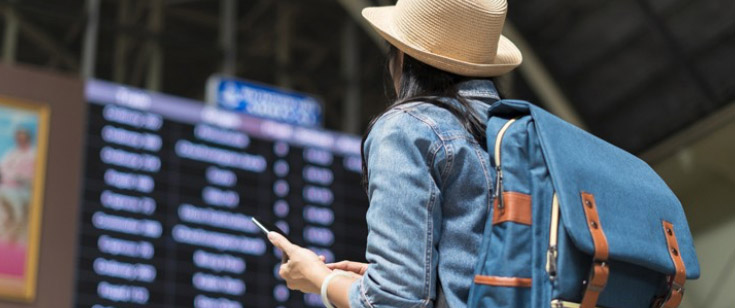Growing up, I loved going to the movies. In those magical movie palaces, my imagination would take flight as I ventured to glamorous faraway places and time-traveled through different eras. So when I moved to Los Angeles, the undisputed epicenter of America’s film industry, some 20 years ago, I looked for a museum of cinema history. I found a couple of small museums with seemingly random collections, but none that systematically gathered and presented material to tell the multifacted and fascinating story of this major art form.
My search ends this year with the opening of the Academy Museum of Motion Pictures on September 30. The museum couldn’t be more anticipated. “The founders of the academy envisioned a movie museum in Los Angeles more than 90 years ago, and now it’s finally happening,” museum director Bill Kramer said at a press conference last year, before COVID hit and delayed the opening. “We’re building a museum that will fully reflect the wide variety of stories connected to cinema and motion pictures—stories from many points of view.”











